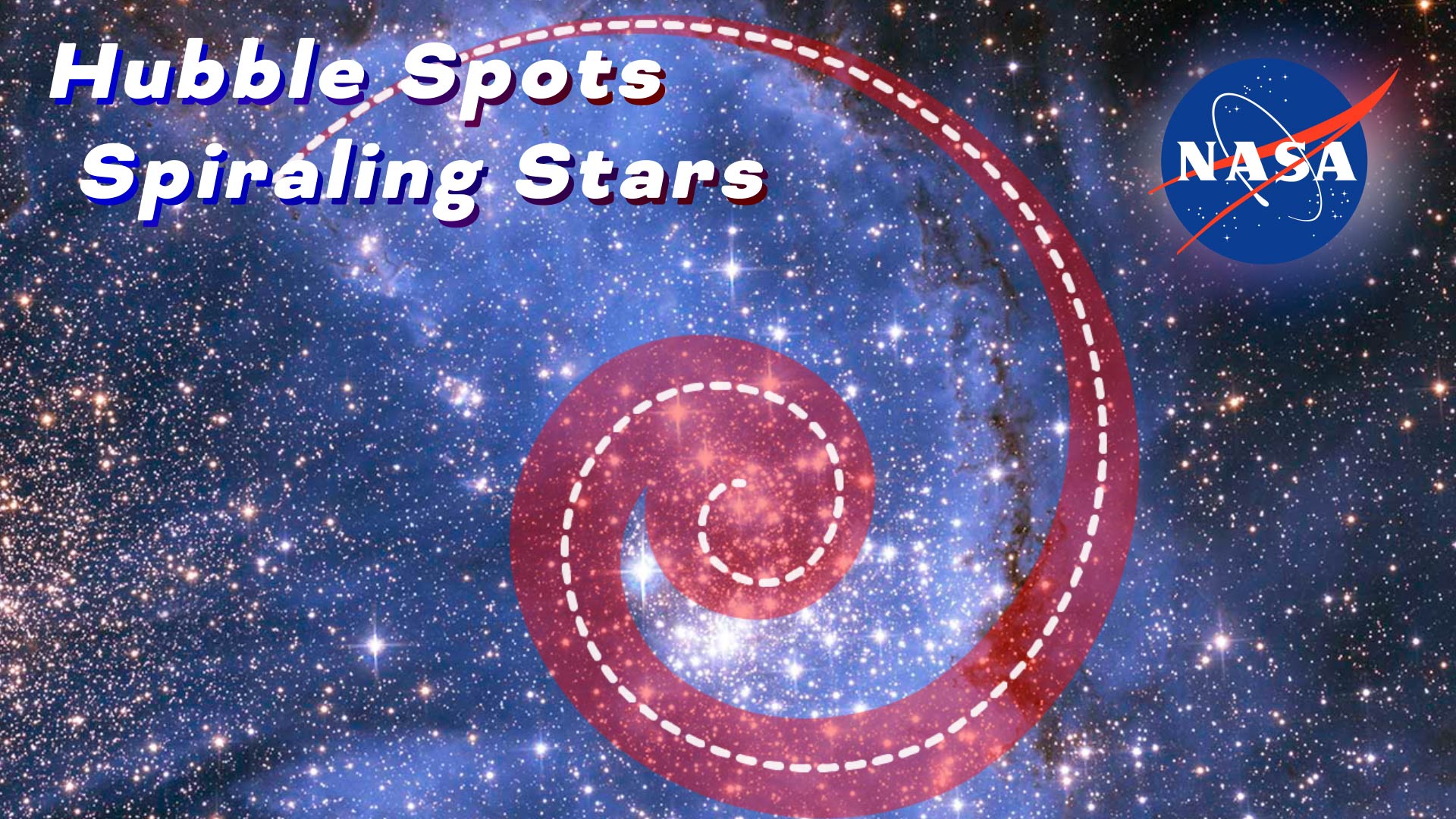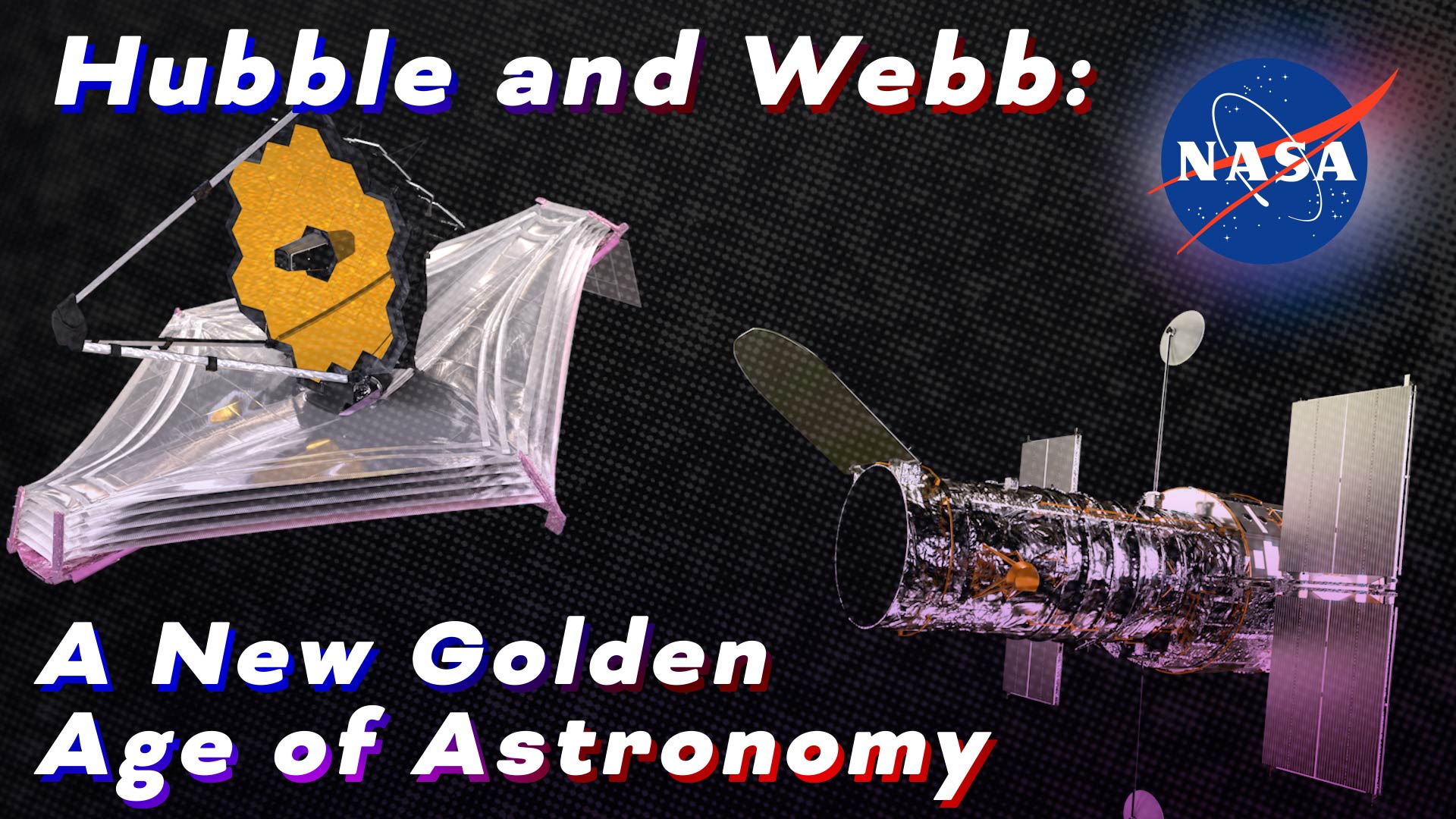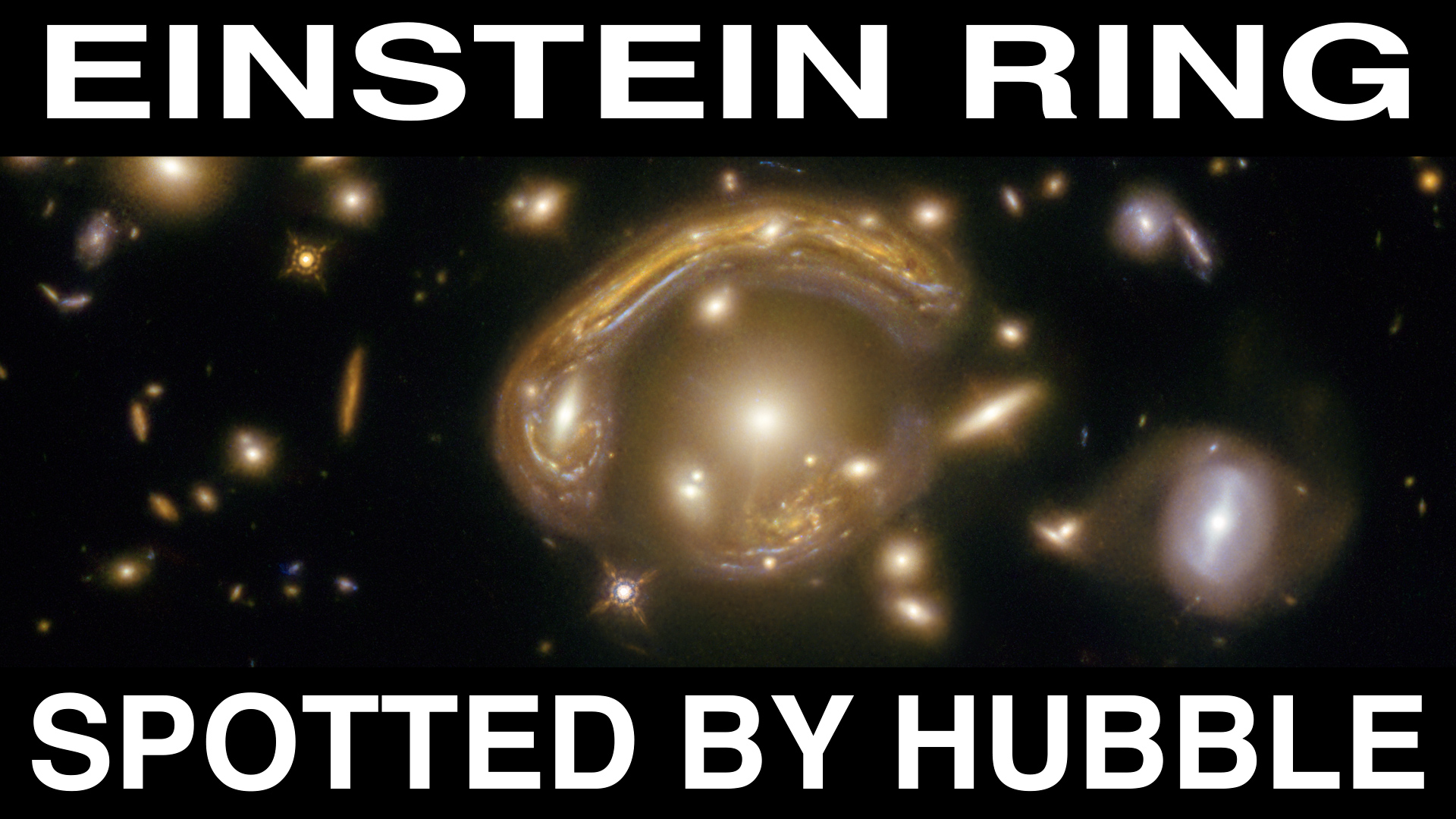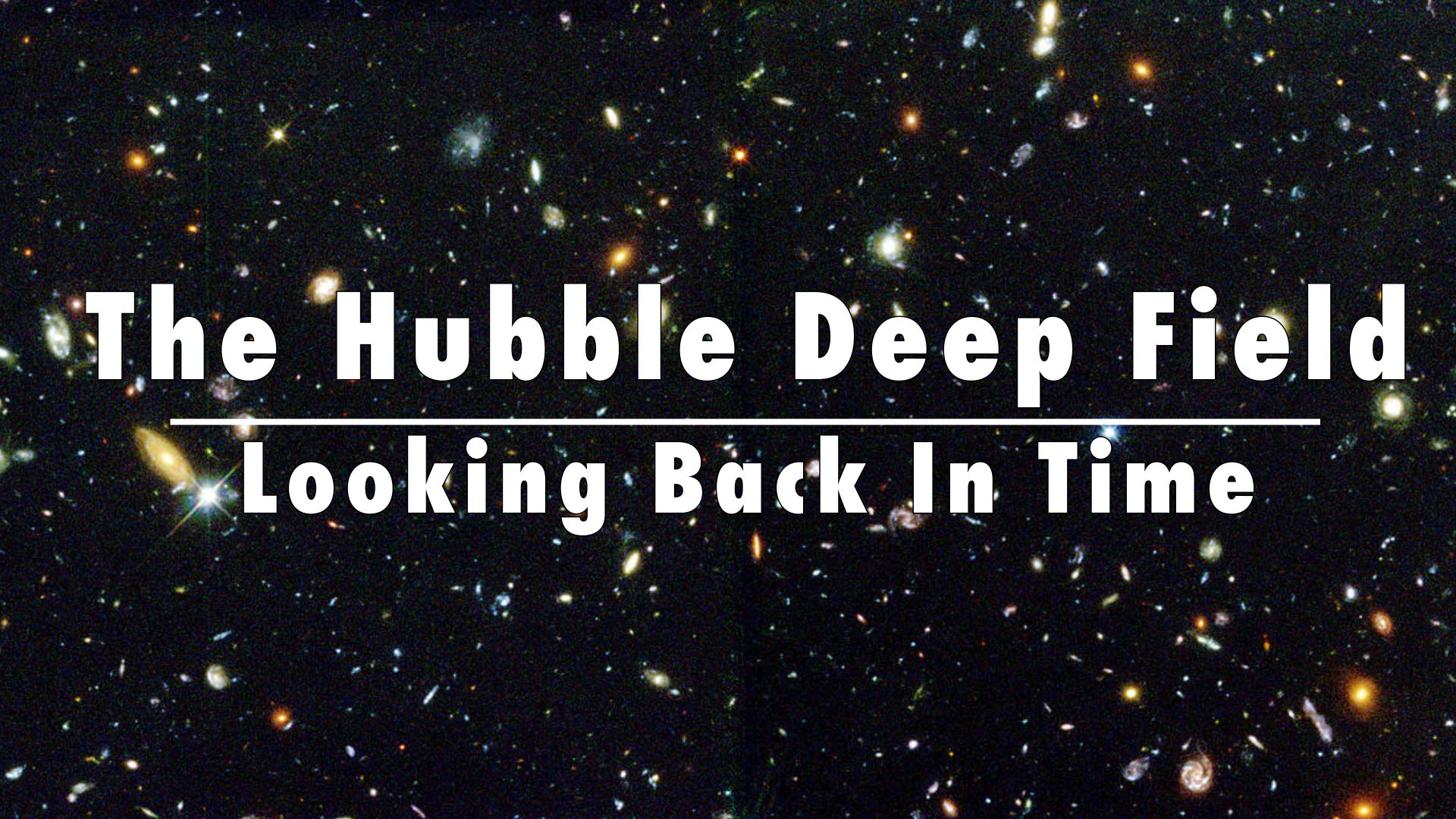Record Broken: Hubble Spots Farthest Star Ever Seen
NASA’s Hubble Space Telescope has established an extraordinary new benchmark: detecting the light of a star that existed within the first billion years after the universe’s birth in the big bang—the farthest individual star ever seen to date.
For more information, visit https://nasa.gov/hubble.
Music Credits:
“Beautiful Planet” by Andreas Andreas Bolldén [STIM] via Koka Media [SACEM], Universal Production Music France [SACEM], and Universal Production Music.
Master Version
Horizontal version. This is for use on any YouTube or non-YouTube platform where you want to display the video horizontally.
Vertical Version
This vertical version of the episode is for IGTV or Snapchat. The IGTV episode can be pulled into Instagram Stories and the regular Instagram feed.
Credits
Please give credit for this item to:
NASA's Goddard Space Flight Center
-
Producer
- Paul Morris (KBR Wyle Services, LLC)
-
Technical support
- Aaron E. Lepsch (ADNET Systems, Inc.)
Release date
This page was originally published on Wednesday, March 30, 2022.
This page was last updated on Wednesday, May 3, 2023 at 11:44 AM EDT.




